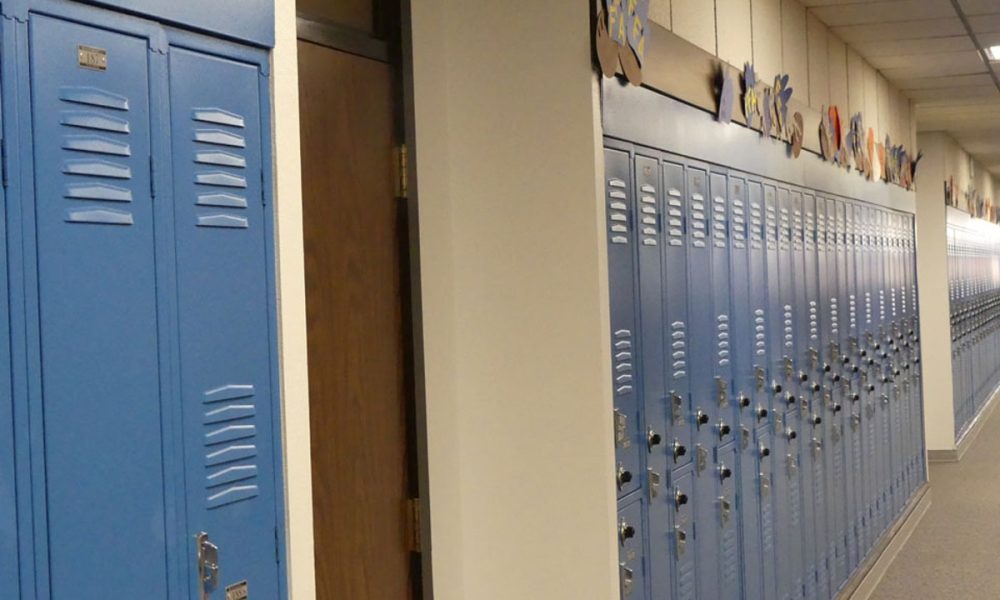They say bad news comes in threes and that’s the case in Malheur County with threats involving local school students. The episodes raise important issues of response, communication and preparation. Above all, these recent incidents impose a duty on parents, schools, and police to consider their reactions and their steps going forward.
The nation has been gripped by headlines of school shootings. Mass casualties have occurred in instances such as the recent one at a high school in Florida. Oregon just noted the anniversary of its first major school shooting, 20 years ago. Much has changed in those 20 years. Schools now routinely hold lock-down drills. Police perform “active shooting” trainings in school buildings. Educators now have to add to their skills the ability to detect and react to threats.
The string of cases in Malheur County is unsettling. Students from Ontario, Nyssa and now Adrian face prosecution for criminal conduct related to threats. Because they are juveniles, much of the process is screened from public view so the public knows little about the underlying crimes or what’s become of the students. The incidents also triggered a healthy public debate over when and how much information should be shared about possible threats.
Experts in school safety say that no threat, no matter how passing or informal, should be ignored. Psychologists say there is no fool proof way to identify potential shooters or others who intend harm. That’s why swift and certain assessments of any threat is recommended by the authorities.
Research shows that many school-based threats are transient – spoken in a moment of anger, or in poor taste. No actual harm is planned or intended. Others cross the line to more substantive threats by being specific, such as identifying potential targets by name. It is the source of the threat – what motivated – where assessments can prove essential.
They can, of course, detect and deter a genuine plan to harm someone. Or, as seems likely in more cases, assessments can lead to confronting a student’s issues. According to the National Association of School Psychologists, “Among the other potential student risks that can be identified and prevented are suicide, alcohol and drug use, physical abuse, dropping out, and criminal activity.”
Meantime, what happens in a community is just as important. School officials, law enforcement, prosecutors and juvenile authorities need to address that issue in Malheur County. Our cities and towns are small enough that word that something significant happened at a local school spreads quickly. We all know too well that rumor will stand when fact doesn’t arrive. In Adrian, some parents are upset they learned of a potential risk through the news media. Available information, limited as it is, suggests the Adrian threat was low grade. Perhaps it was, but parents and the rest of the community haven’t been told enough to judge for themselves.
No one wants to trigger needless panic or alarm. Deciding how to share school threat information is a delicate balance between containing a largely harmless episode and raising community alarm. We urge greater disclosure, and not just because we report news.
We think area agencies should devise a better protocol for giving facts to the community. Immediate, credible statements ought to be provided that share as much as possible about the threat under investigation. In particular, agencies need to share their initial assessment of how serious is the threat and what leads to that assessment. They should be more open about decisions to charge a juvenile with a crime. That decision alone certainly suggests serious conduct, and the community ought to be clued in on why such a choice was appropriate. And in each instance, agencies ought to use the moment to share with parents – and students – continuing guidance on when to report threats or how to deal with children involved. – LZ





